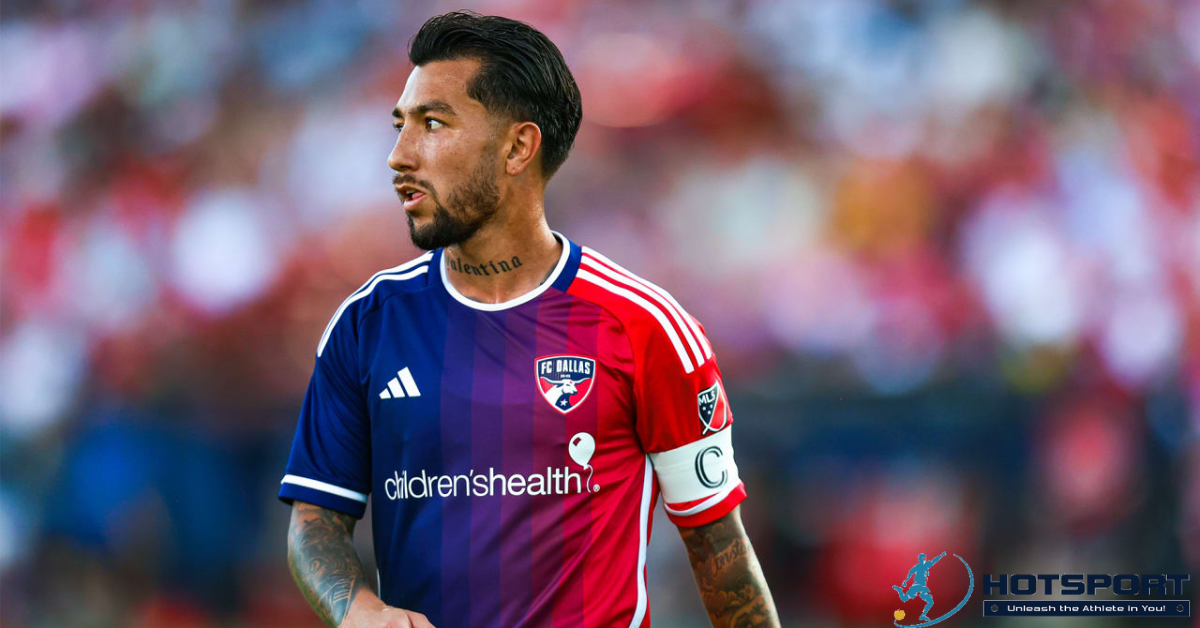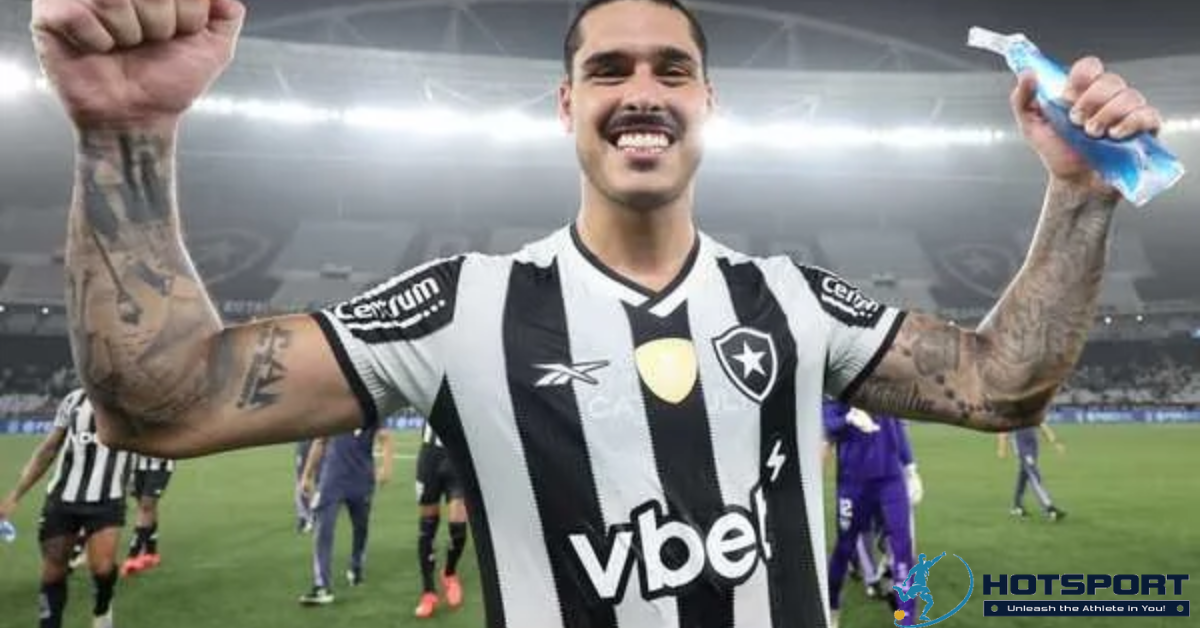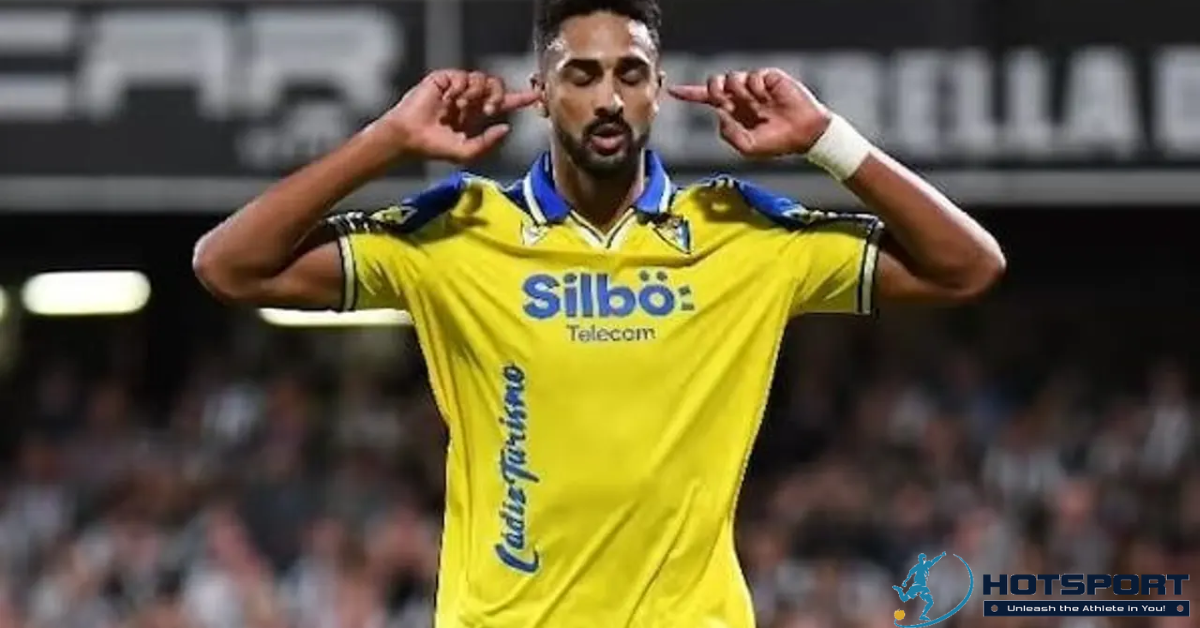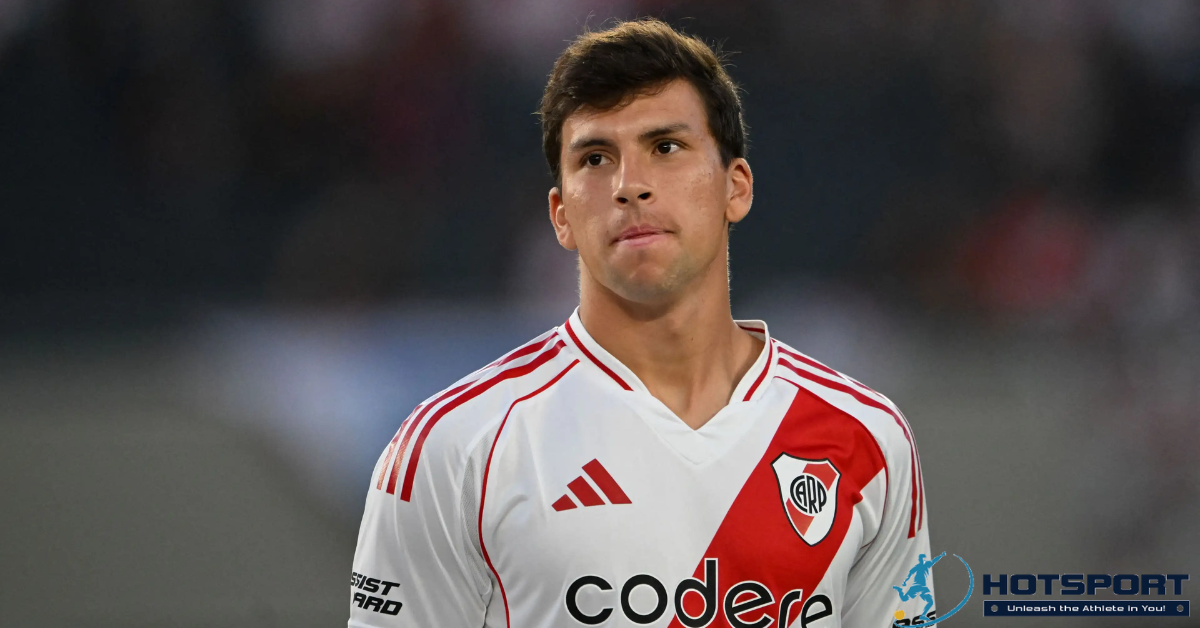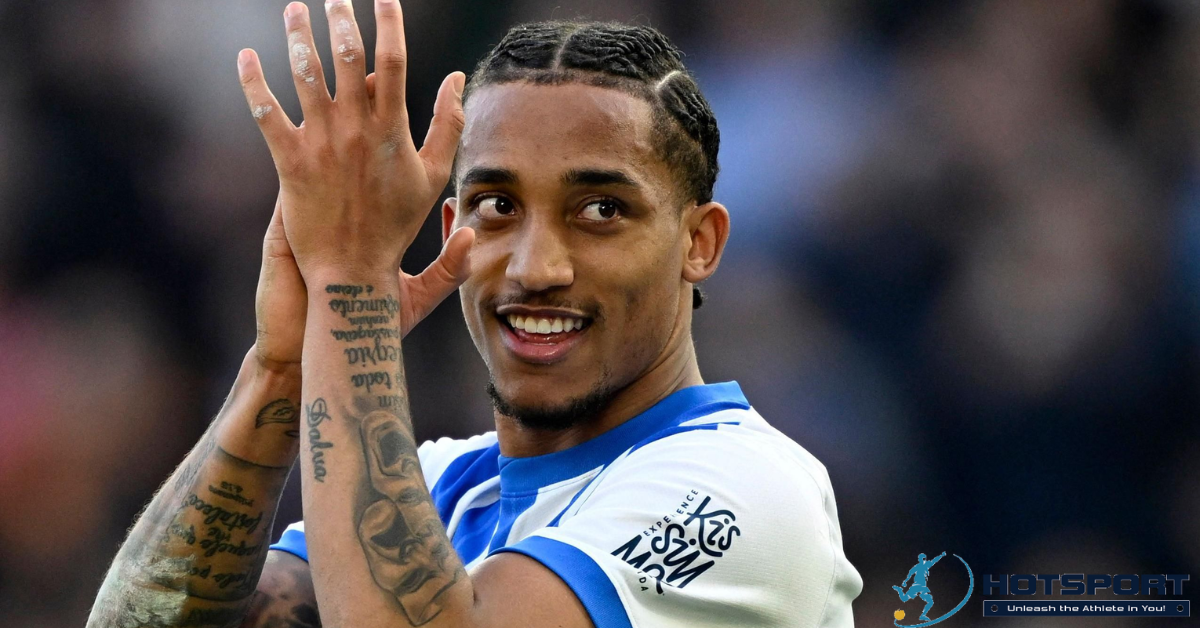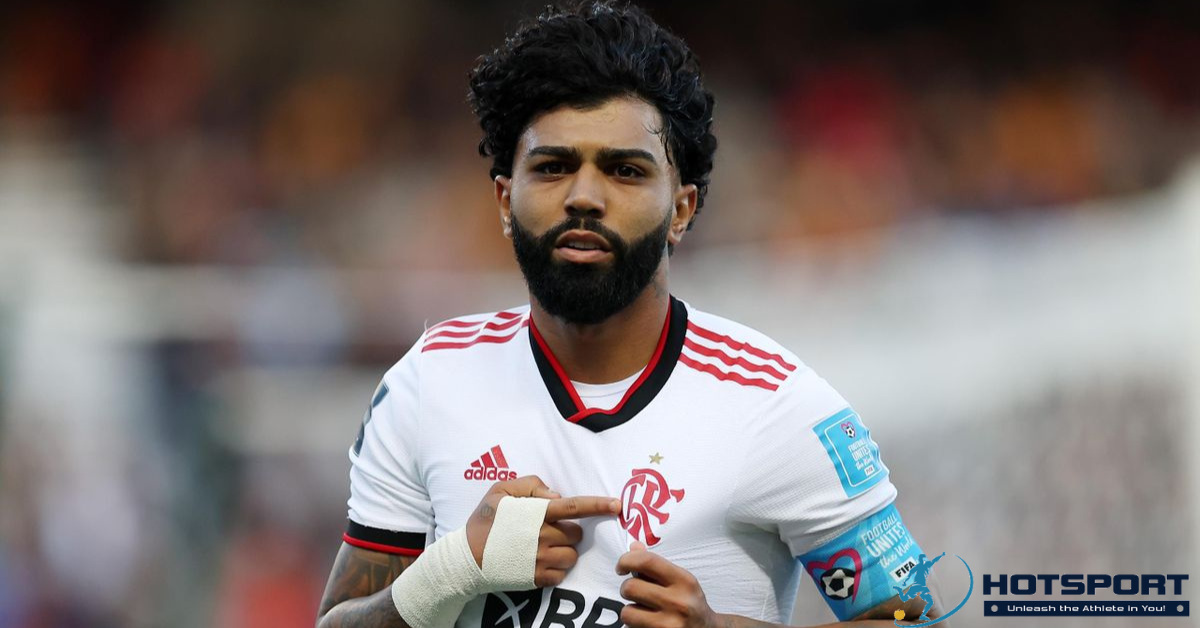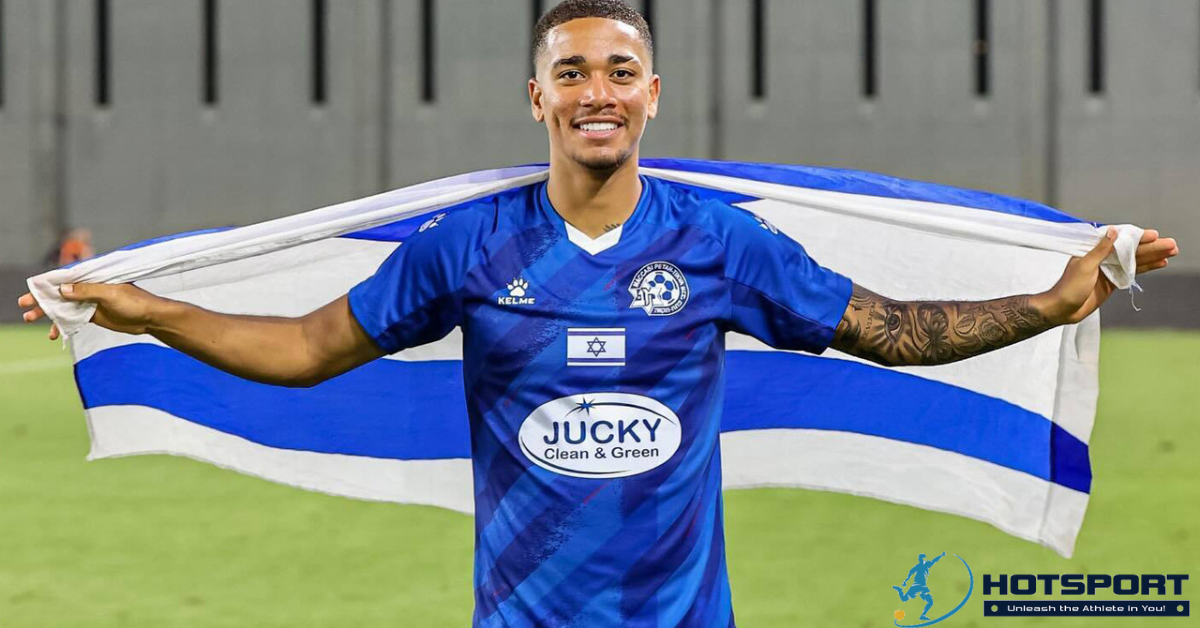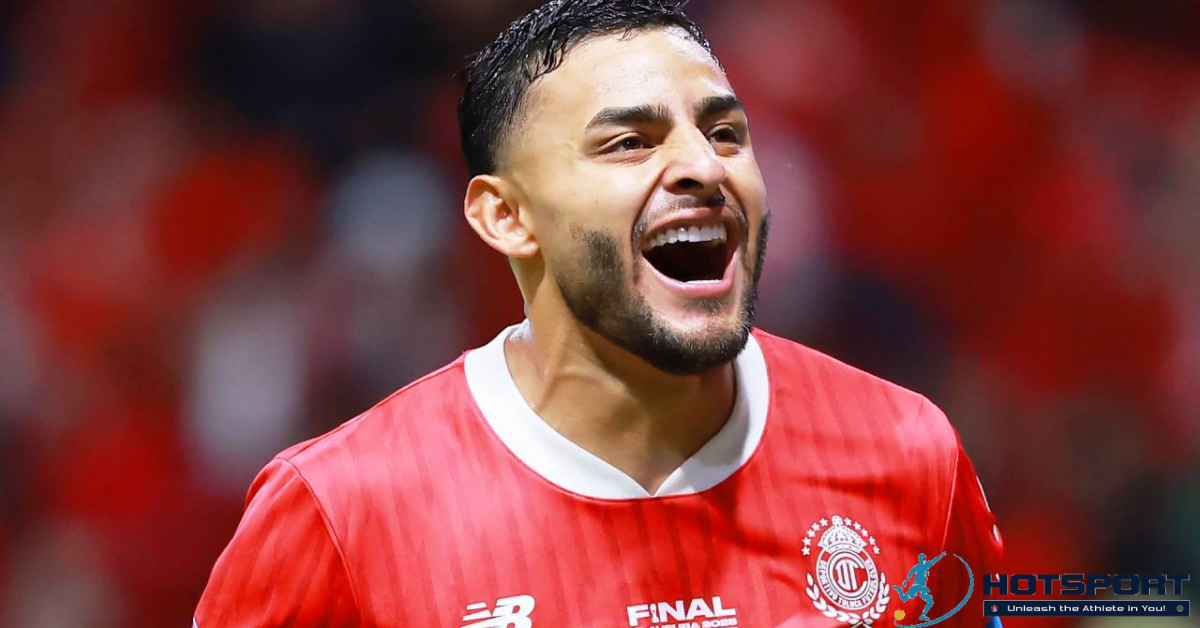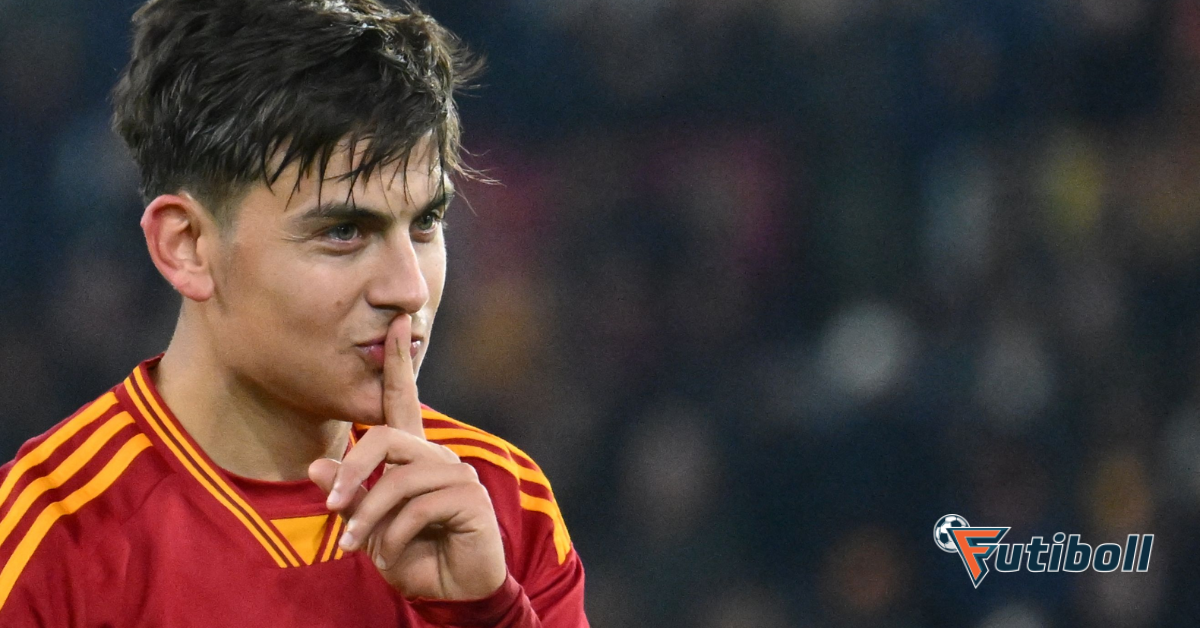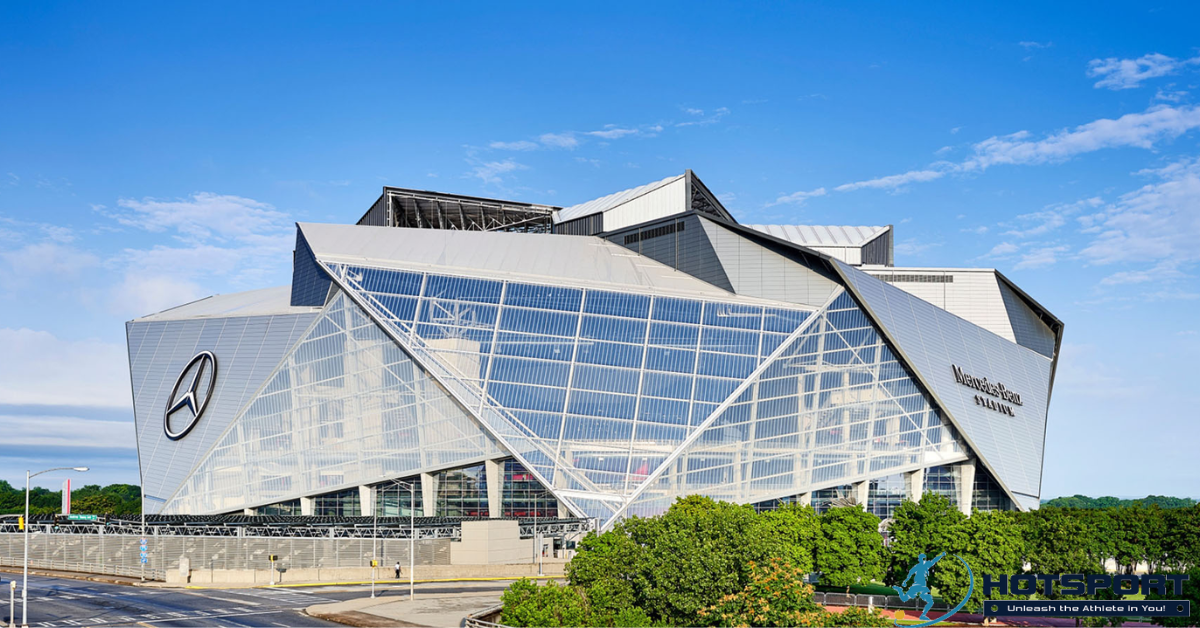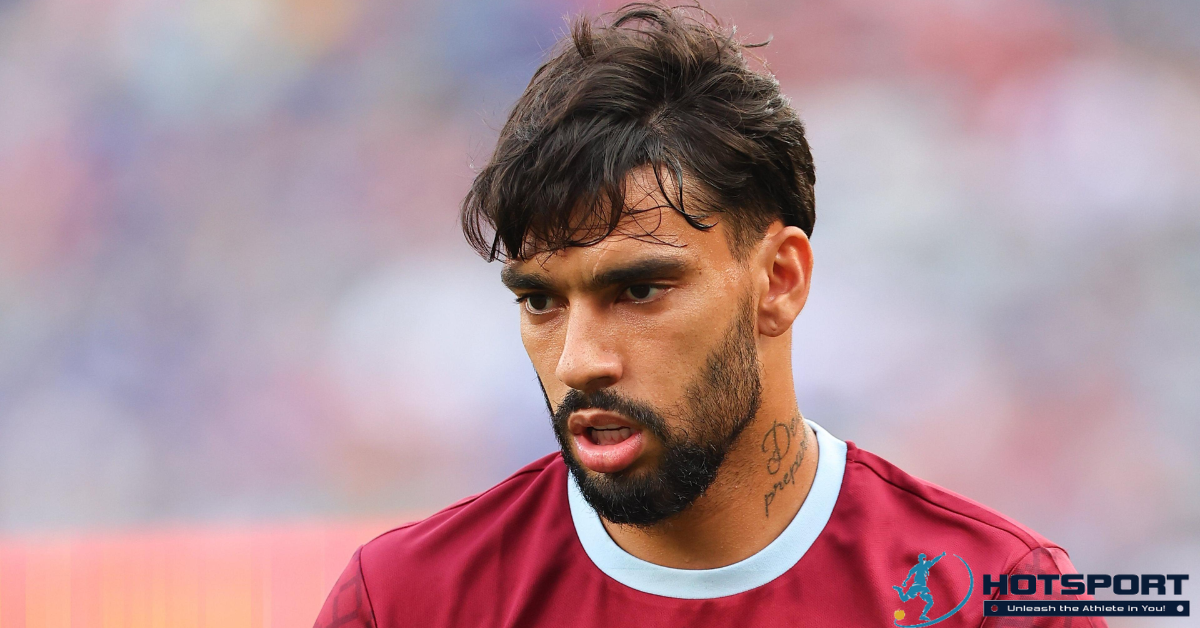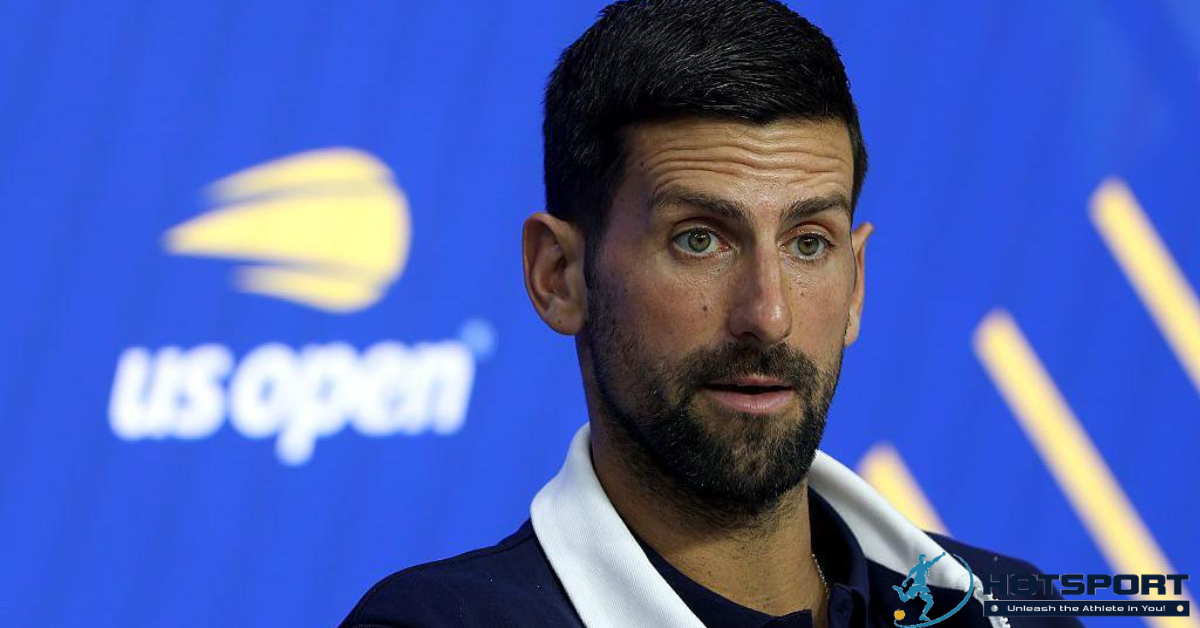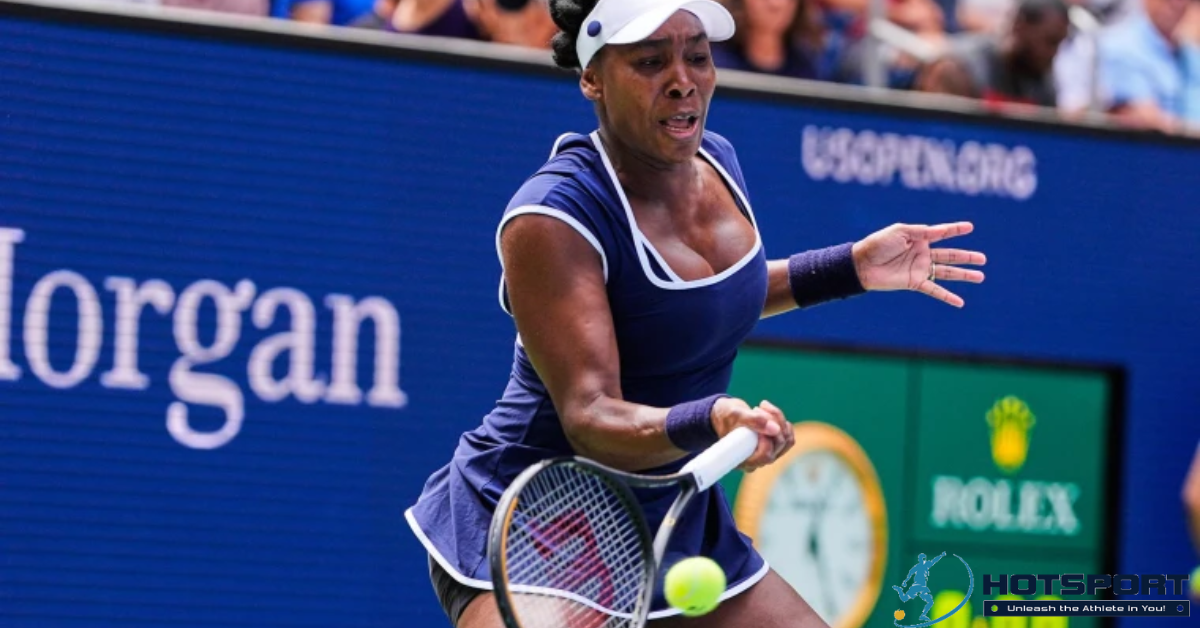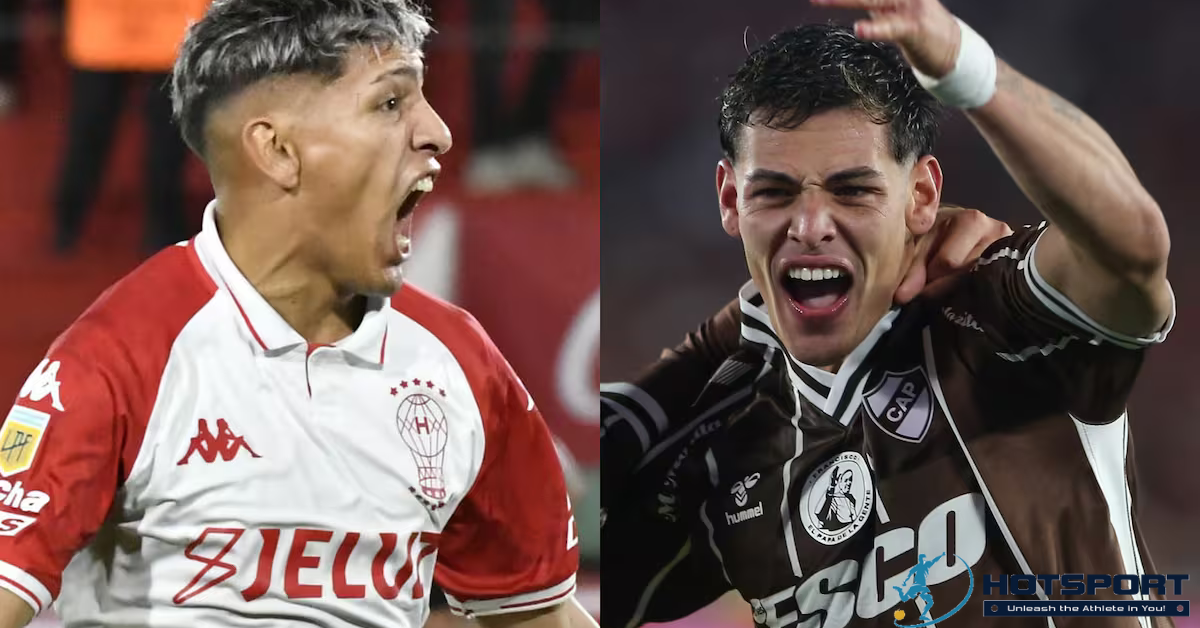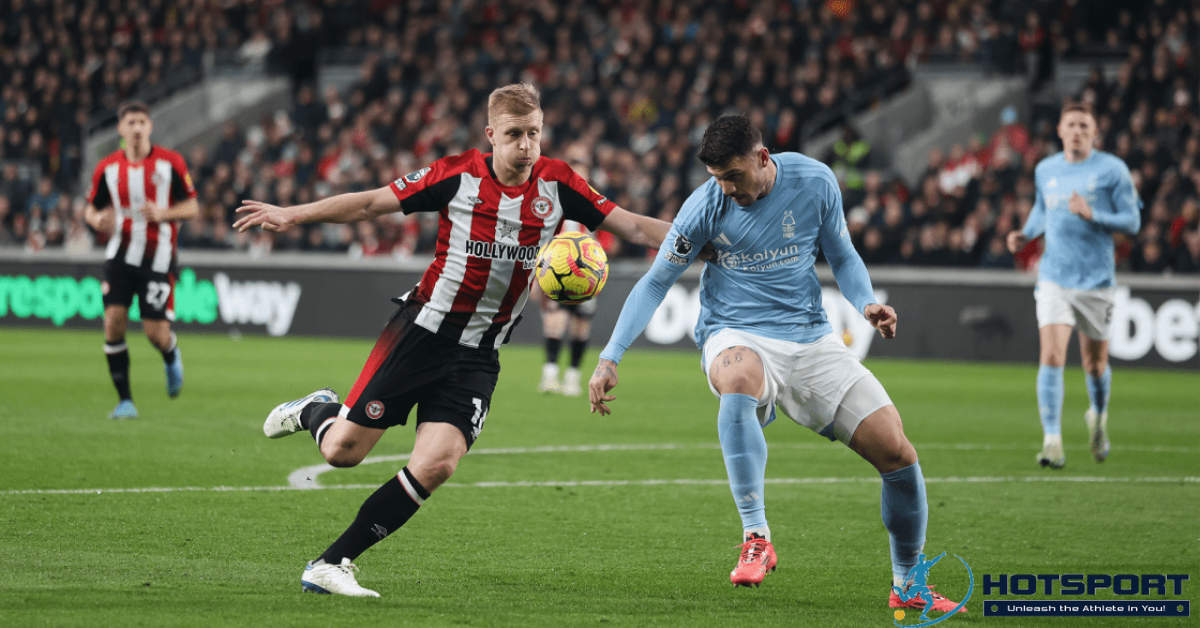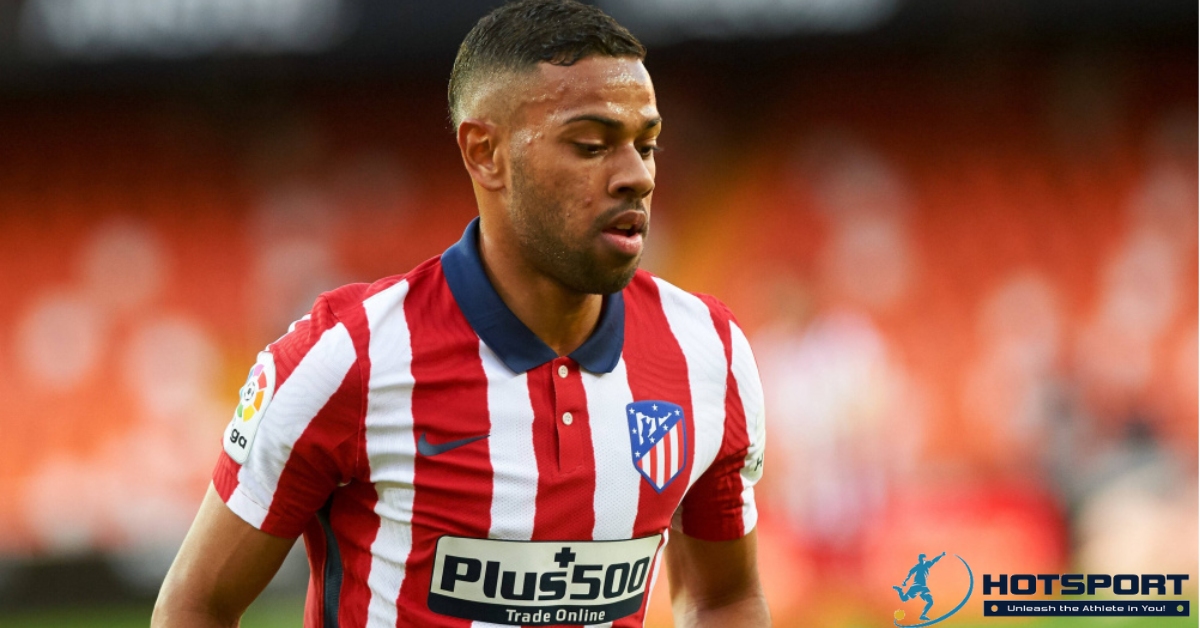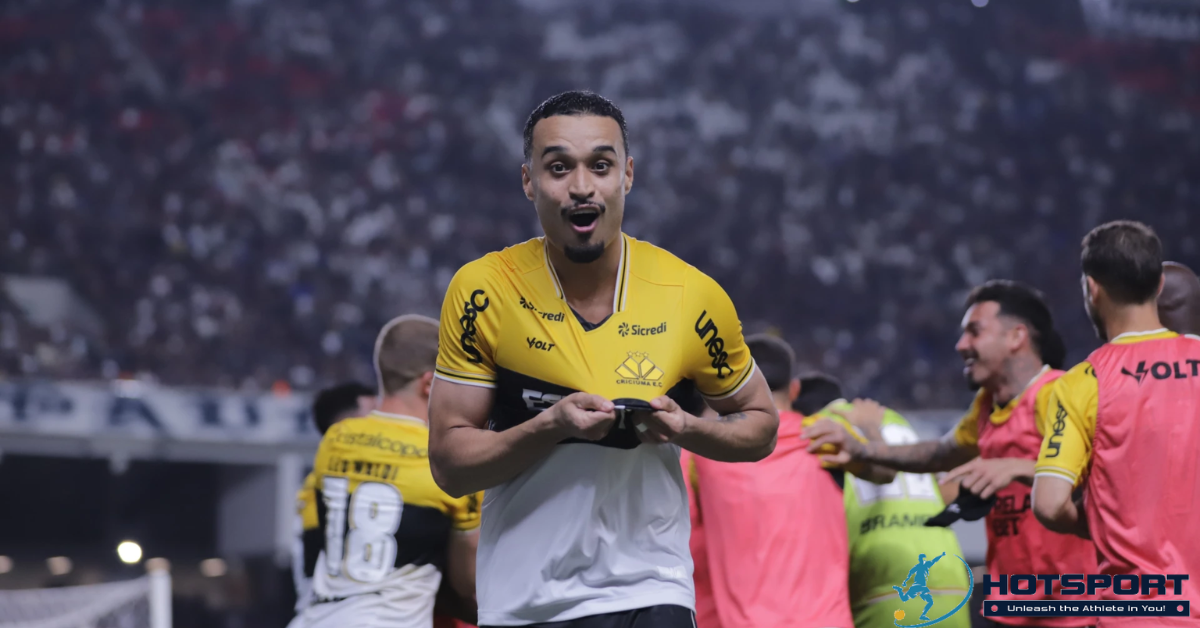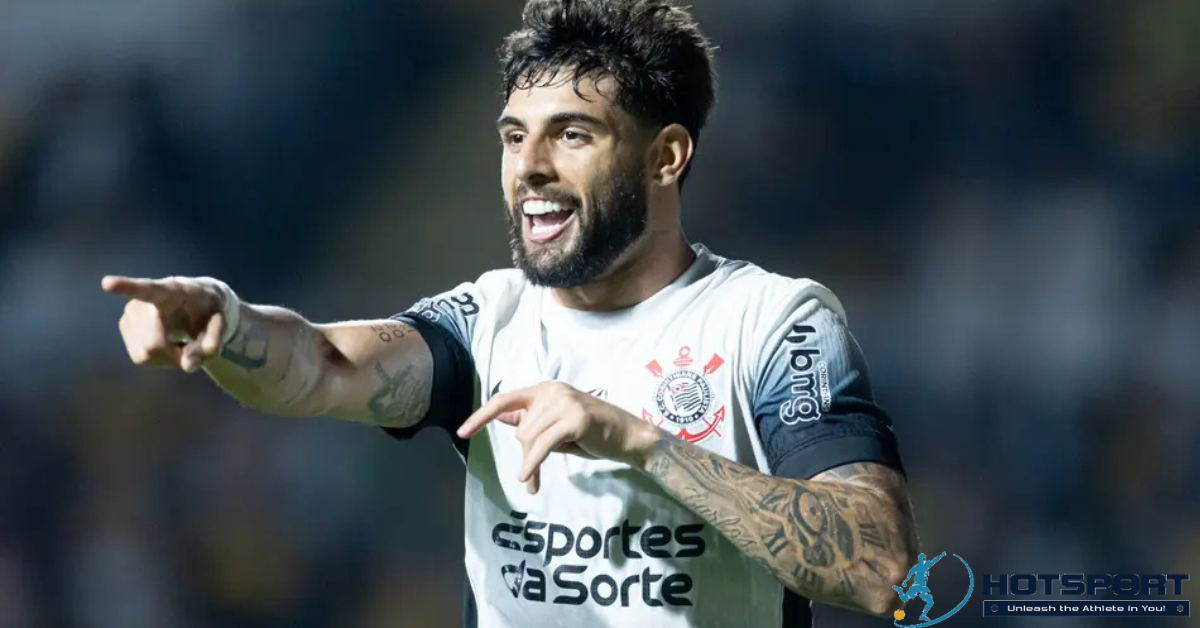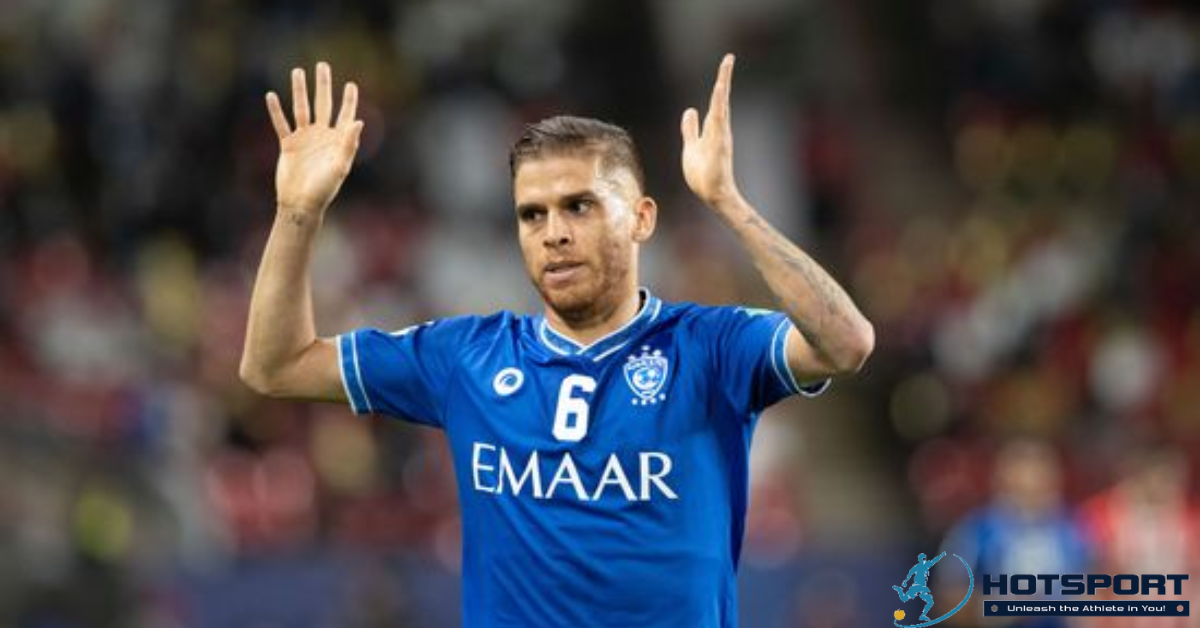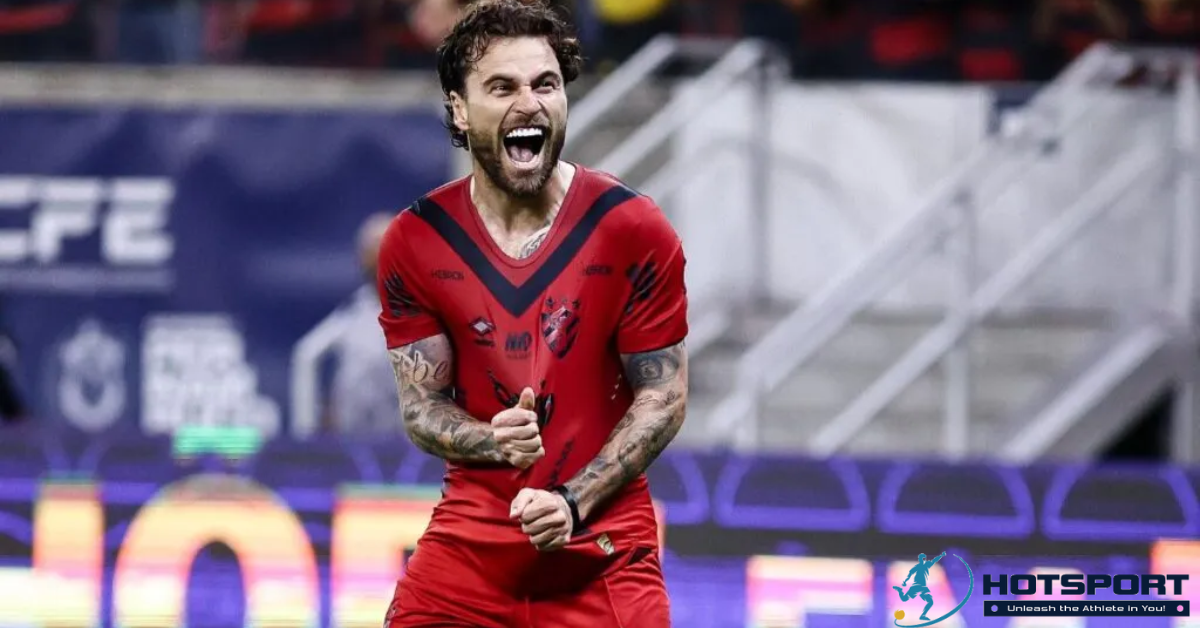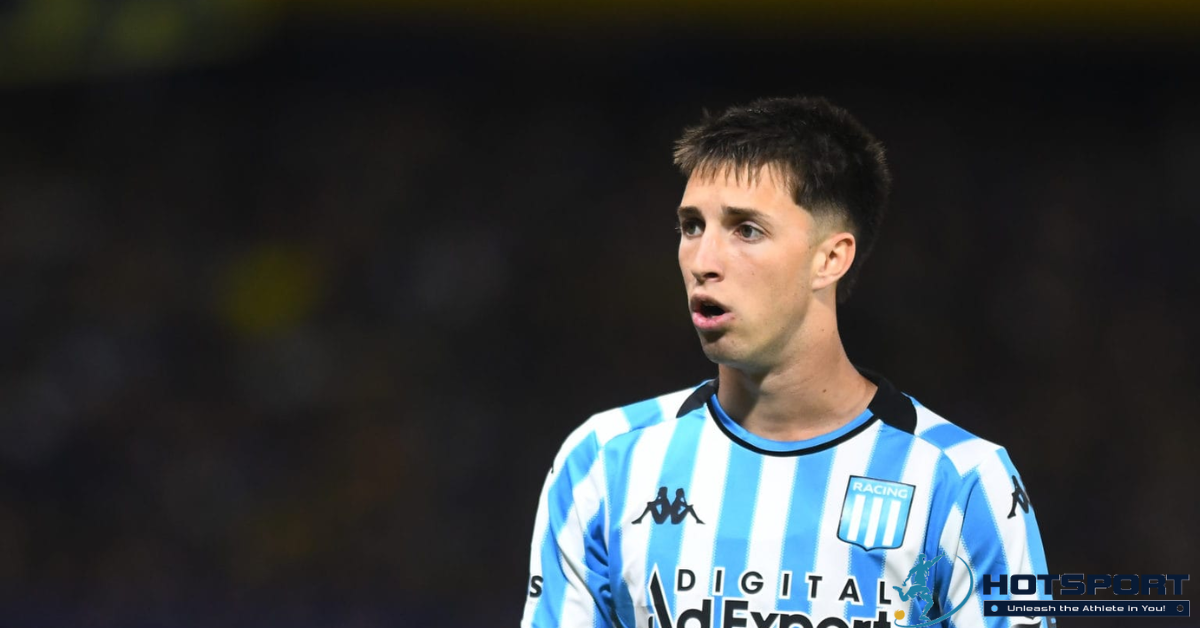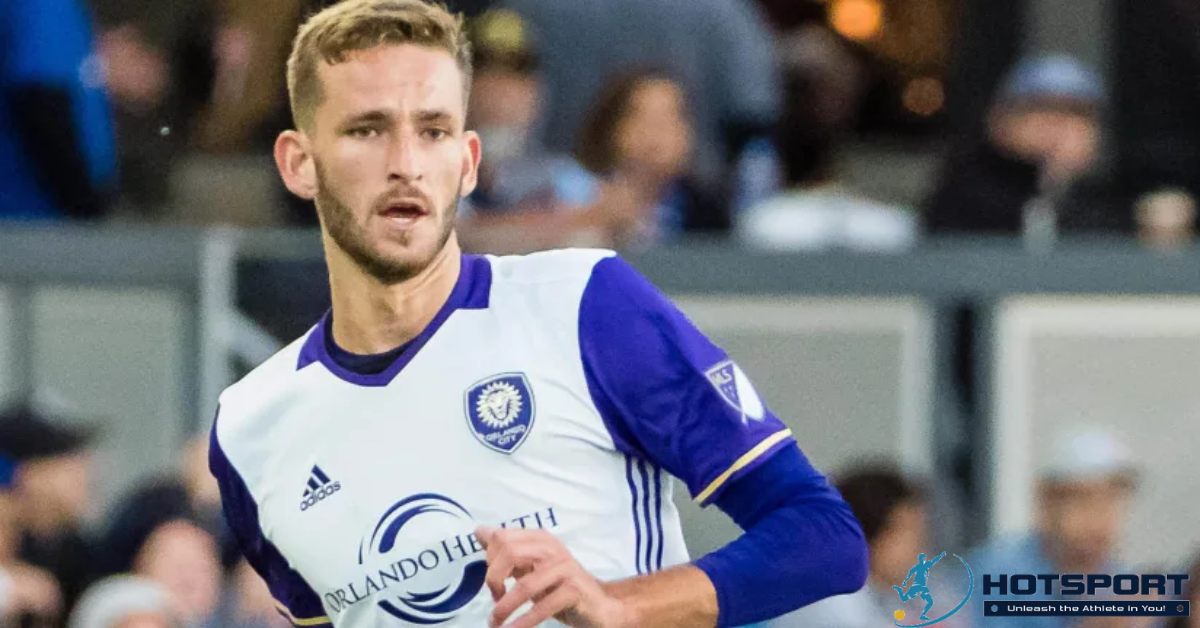Luciano Acosta: The Argentine Star Conquering Brazilian Football
Luciano Federico Acosta, known as “Lucho” Acosta, is one of the most talented Argentine footballers of his generation. With a career marked by skill, vision, and decisive moments, Acosta has established himself as a standout attacking midfielder, particularly after joining Fluminense in Brazil. This article explores Acosta’s life, career, and impact on football, focusing on his journey to becoming a key figure in the Brazilian football scene.
Early Life and First Steps in Football
Origins in Rosario
Born on May 31, 1994, in Rosario, Argentina, Luciano Acosta grew up in a city renowned for producing football legends like Lionel Messi and Diego Maradona. From a young age, Acosta showed a passion for the sport, influenced by the vibrant football culture of his hometown, where the game is almost a religion. Despite facing physical challenges due to his short stature (1.59 m), Acosta compensated with refined technique and unwavering determination.
Entry into Boca Juniors
At 14, Acosta joined the youth academy of Boca Juniors, one of South America’s most prestigious clubs. His brief stint at Club Comunicaciones, a smaller team, was enough to catch the eye of Boca’s scouts. In the youth ranks, he faced challenges as a substitute for players like Leandro Paredes, now a star at AS Roma. However, his perseverance and talent led to his professional debut for Boca Juniors on February 9, 2014, in a draw against Newell’s Old Boys.
Career in Argentina: Boca Juniors and Estudiantes
Debut and Early Moments at Boca
Acosta’s debut for Boca Juniors marked the start of his professional career. During the 2014 Torneo Final, he became a regular starter, showcasing his flair for short dribbles and precise passing. His ability to create plays in midfield drew attention, though competition within Boca’s squad limited his opportunities. Acosta played in key matches but was not yet the team’s main star.
Loan to Estudiantes
On January 24, 2015, Acosta was loaned to Estudiantes de La Plata, with an option to buy 50% of his rights. At Estudiantes, he found more space to shine. Over the season, he played 35 matches, scored one goal, and contributed to the club’s campaign in the 2015 Copa Libertadores, which ended in the round of 16. Additionally, he helped Estudiantes secure seventh place in the Argentine Championship, earning a spot in the 2016 Copa Libertadores qualifiers. His time at the club was marked by tactical growth and maturity.
Adventure in Major League Soccer (MLS)
Arrival at DC United
In 2016, Acosta took a significant step in his career by transferring to DC United in Major League Soccer (MLS) in the United States. The move to the MLS presented a new challenge but also an opportunity to stand out in a growing football market. At DC United, Acosta formed a memorable partnership with Wayne Rooney, the former Manchester United star. Dubbed “Luchoroo” by fans, the duo combined for goals and assists, becoming one of the league’s most effective pairings.
Despite early success, Acosta faced tough moments. In 2019, he came close to signing with Paris Saint-Germain, but the transfer fell through due to financial issues. His form dipped toward the end of the season, and he lost his place in the starting lineup. After his contract with DC United ended, Acosta sought new opportunities.
Shining at FC Cincinnati
On March 17, 2021, Acosta signed with FC Cincinnati, also in the MLS, as a designated player. His arrival marked a turning point for the club. As captain, he led the team with brilliance, scoring goals and providing assists. In his debut season, he scored against Nashville SC just eight minutes into his first match. Over four years at Cincinnati, Acosta played 150 matches, scored 54 goals, and provided 53 assists—impressive numbers for an attacking midfielder.
In 2023, Acosta won the MLS Supporters’ Shield, his first title in the United States. His leadership and consistency made him one of the MLS’s biggest stars, attracting interest from South American clubs, including Corinthians and Atlético-MG.
Brief Stint at FC Dallas
In early 2025, Acosta was signed by FC Dallas for $5 million, with the potential for an additional $1 million in bonuses. Despite high expectations, his time at the club was short-lived, as Fluminense in Brazil soon expressed interest in bringing him to the Brazilian Championship.
Arrival at Fluminense: A New Chapter
Signing with the Tricolor Carioca
On August 8, 2025, Fluminense announced the signing of Luciano Acosta for $4 million (approximately R$22 million), acquiring 100% of his economic rights. The midfielder signed a contract until the end of 2028 and chose the number 32 shirt. Acosta’s arrival in Brazil generated significant excitement, particularly due to his reputation as a creative and decisive player.
Acosta was registered with the CBF’s Daily Information Bulletin (BID) and became eligible to debut in the Copa Sudamericana round of 16 against América de Cali on August 12, 2025. In an interview with FluTV, he expressed his enthusiasm: “I’m thrilled to join a club as big as Fluminense. I’m eager to experience the fans, the Maracanã, and to play a match in this shirt.”
Playing Style and Contributions
At Fluminense, Acosta quickly adapted to the intense and competitive style of Brazilian football. As an attacking midfielder, he stands out for:
- Vision: Acosta is a “jogador motor” (engine player) in Brazilian football parlance, orchestrating plays with precise passes and constant movement.
- Dribbling: His short stature and agility make him a “jogador liso” (smooth player), capable of weaving past opponents with quick, sharp dribbles.
- Finishing: While primarily a playmaker, Acosta also contributes with goals, often appearing in the box to finish.
- Leadership: His experience as FC Cincinnati’s captain brought maturity to Fluminense’s squad.
Impact at Fluminense
Acosta’s arrival at Fluminense was seen as a response to the departure of Jhon Arias, another standout midfielder. His debut against América de Cali was promising, with passes that showcased his ability to dictate the game’s tempo. In the Brazilian Championship and Copa Sudamericana, Acosta has the mission of helping Fluminense win titles and establishing himself as one of the team’s protagonists.
Interest from Other Brazilian Clubs
Before signing with Fluminense, Acosta was targeted by other Brazilian giants. Corinthians, in particular, made inquiries about the player in late 2024. In an interview with DSPORTS Radio in Argentina, Acosta admitted he was “seduced” by the prospect of playing for the Timão, highlighting the appeal of the Brazilian Championship. “Clubs like Corinthians are enticing. I like the Brazilian Championship, I know I have a contract with Cincinnati, but whatever is best for me and my family will be decided,” he said.
Atlético-MG also showed interest, but Fluminense won the race, securing a high-caliber reinforcement for the 2025 season.
Challenges and Overcoming Limitations
Short Stature: A Hurdle Overcome
At just 1.59 m and 59 kg, Acosta faced prejudice due to his height. Like Lionel Messi, he was told by doctors as a teenager that he might not grow taller. However, Acosta turned this into an advantage, using his agility and low center of gravity to outmaneuver opponents and position himself effectively on the pitch.
Adapting to Brazil
Playing in Brazil presents unique challenges, such as fan pressure and the competitiveness of the Brazilian Championship. Acosta, however, appears to be adapting well, thanks to his international experience and familiarity with South American football. His ability to execute a “tabela” (quick one-two passes) and create plays makes him well-suited to the dynamic Brazilian style.
Legacy and Future
A Potential Idol
At 31, Acosta is at the peak of his career. His time at Fluminense has the potential to make him an idol for the Tricolor fans, especially if he secures major titles like the Copa Libertadores or the Brazilian Championship. His journey, marked by resilience and talent, inspires young players facing similar challenges.
Prospects for 2025 and Beyond
With a contract until 2028, Acosta has time to leave his mark at Fluminense. Expectations are high that he will continue to be a “jogador motor,” leading the midfield and contributing with goals and assists. Additionally, his MLS experience could pave the way for more South American players to seek opportunities in Brazil.
Conclusion
Luciano “Lucho” Acosta is more than a footballer; he is a symbol of resilience and talent. From Rosario to the Maracanã, his journey reflects the passion and dedication that define Argentine and now Brazilian football. At Fluminense, Acosta has the chance to write a new chapter in his career, winning hearts and trophies. For fans, he represents the promise of dazzling plays and unforgettable moments on the pitch.

